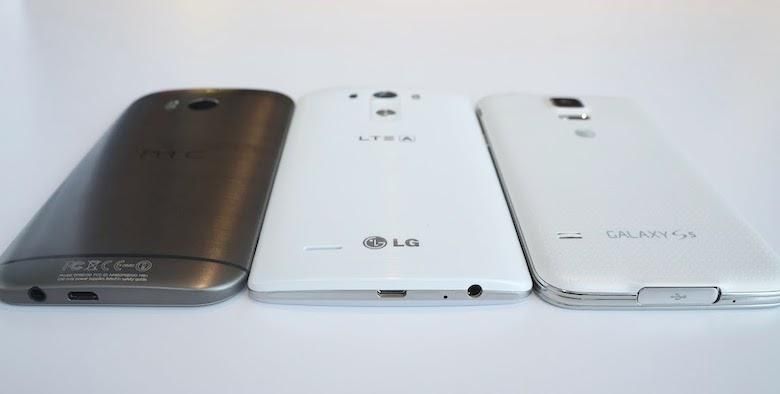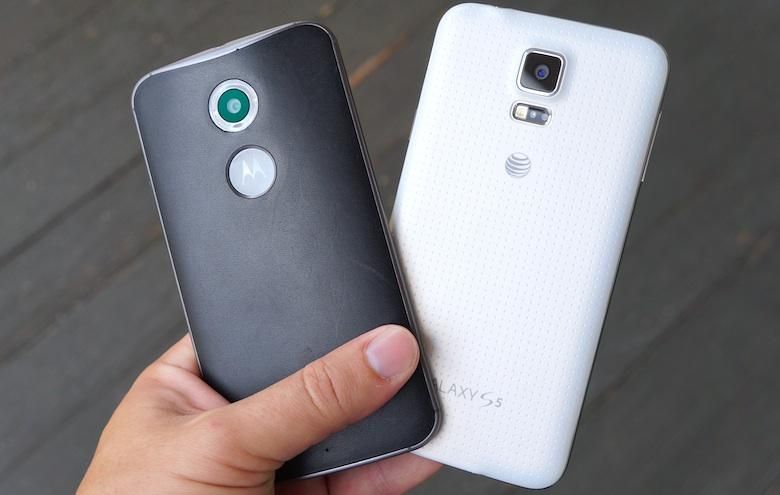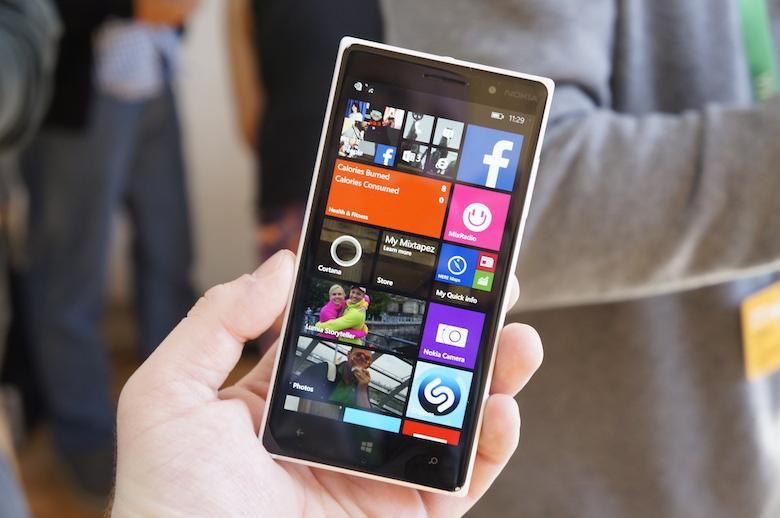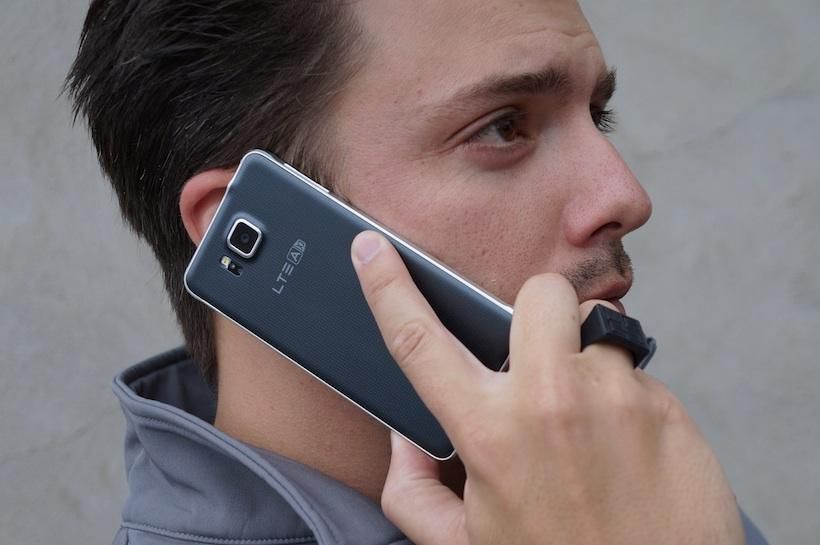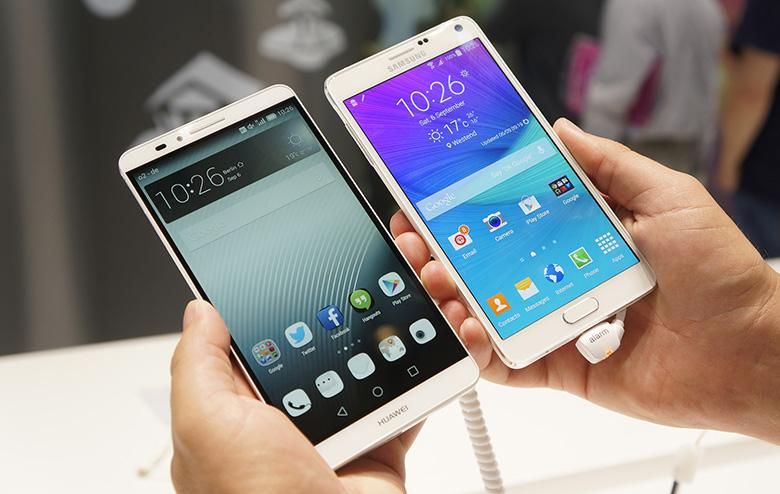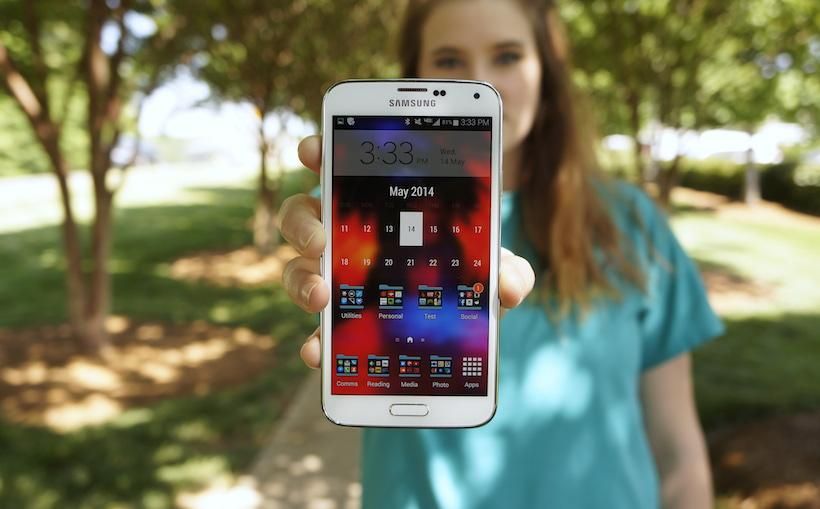In the last two years or so, one word in particular has become increasingly popular in this industry: flagship.
Samsung’s new flagship this or that. What’s the best flagship of 2013? Is this new phone Company X’s flagship?
It gets tossed around endlessly, and practically every new high-end smartphone is considered a “flagship”. But what is a flagship, exactly? What does the term actually mean? Are we using it improperly and, thusly, altering its meaning in the mobile realm?
According to Wikipedia, a flagship is “the best or most important thing owned or produced by a particular organization.” Merriam-Webster is less specific, stating it’s “the best, largest, or most important one of a group of things.” Even Urban Dictionary (just for giggles), calls it the “most important example of a product or service.”
It seems pretty straightforward, but let’s take a moment to examine the roots of this word.
The word flagship originated as a naval term, used to describe the most important vessel in a fleet – or the ship carrying the commander. This would explain why Michael abhors how loosely the term is thrown around. It also explains why, especially in this industry, the term has become so popular and … overused.
If an actual flagship is the most prominent and esteemed vessel in a fleet, it only stands to reason that a company’s most extravagant and high-end smartphone is considered its flagship, right? In most cases, absolutely. But the term is thrown around so much it’s losing its meaning. And the tech media isn’t solely to blame.
About a month ago, I was sitting in the crowed at Microsoft’s #morelumia event in Berlin. We expected the Lumia 730 and the Lumia 830. What we didn’t expect was for Microsoft (or … Nokia, technically) to use the term “flagship” alongside either of those phones. I certainly didn’t expect anyone to call the Lumia 830 a flagship as the specs were being rattled off.
Much to my dismay, Microsoft launched the Lumia 830 with the cringe-worthy tagline “the first affordable flagship.”
I didn’t think about it much at the time. The Lumia 830, especially for the price, is a rather nice addition to the Windows Phone platform. And I’m almost certain, without ever having test or used one for a prolonged period of time and despite its specs, it will perform remarkably in reviews. Nokia’s smartphones usually do at any price point, and this particular phone is a very aggressive foray into the affordable smartphone market.
However, we can’t overlook the most frustrating part of the whole announcement. The Lumia 830 isn’t a flagship. The Lumia 1520 and Lumia Icon are more likely candidates for the flagship moniker. The Lumia 830 is no more a flagship than HTC’s Desire 816. Joe’s review headline for the Desire 816 lends credence to just that. He says the 816 is “a mid-tier phone with flagship DNA.” I completely agree, and that’s exactly what I’d call the Lumia 830. It has similar specs, a similar price point, and targets practically the exact same demographic as the 816.
But that’s not all. A flagship is almost unanimously considered the biggest, largest, or most important single item in a group of products, typically from the same company.
If we’re talking strictly in terms of mobiles, or even more specifically in terms of Samsung, where does the term “flagship” fit in? It’s a single item and Samsung releases dozens of phones every year. Of course, only a few stand out in the endless list of Samsung smartphones: the Galaxy S, Galaxy Note, and now the Galaxy Alpha series of smartphones. Of those, the Galaxy Alpha definitely isn’t a flagship brand. But which of the other two is? You might argue the Galaxy S5 is this year’s flagship – headlines have certainly insisted. Not to mention, the Galaxy S5 is the bread winner for Samsung. But what about the Galaxy Note 4? Each year, it’s bigger, better, and newer than the Galaxy S5, and it’s nearly as popular.
Both are regularly called Samsung’s flagships – but that can’t be, can it? There is just one flagship.
The term has become almost interchangeable with “high-end” or “premium”, but that’s not what it is. It’s not a synonym for “high-end” or “awesome specifications.” And it certainly shouldn’t be used to describe middle of the pack smartphones, even if it’s slightly more affordable than other, better devices. In fact, that’s almost the exact opposite of what flagship actually means.
By that reasoning, a smartphone doesn’t have to be over the top to be a flagship either. Last year’s Moto X was Motorola’s flagship – no question. And even though the Galaxy Note 4 is Samsung’s biggest and best (on paper) smartphone of the year, I’d still consider the Galaxy S5 to be Samsung’s flagship, simply because it’s the more visible, popular brand. Likewise, I’d call the iPhone 6 – not the 6 Plus – Apple’s 2014 flagship.
So, sure, a flagship can be many different things, and depending on what you’re talking about – like specs, price, or units sold – a flagship doesn’t even have to be the absolute best phone in a company’s lineup. I’d say it’s the device a company intends to sell the most of, the one it markets more than any other, and the one that appeals to the largest demographic.
What say you, readers? What does the term “flagship” mean to you? Is it the be-all and end-all of a company’s smartphones? Or is the term more flexible than I permit? Can a company have more than one? Sound off with your thoughts in the discussion below!

